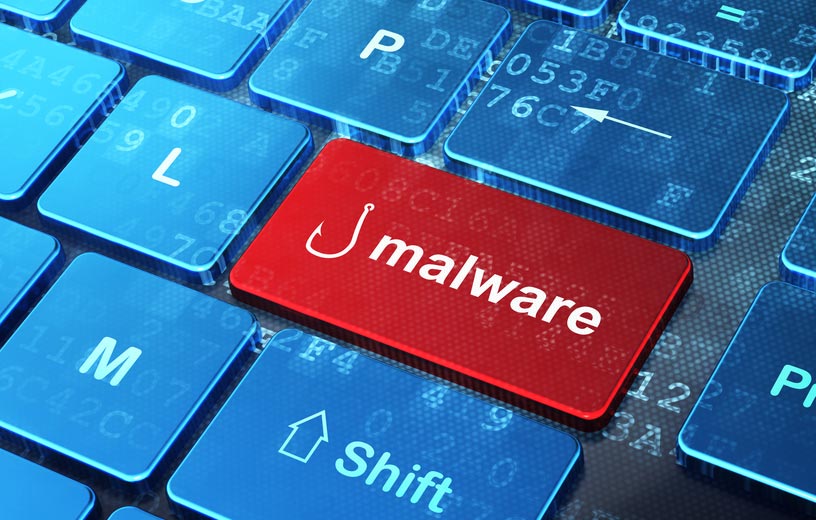POS malware refers to malicious software carefully hidden away in credit card machines, ATMs and other money processing devices used to provide a third access point for the purpose of stealing critical information. Unlike the computer malware, its POS counterpart simply generates a program running in the background that sends sensitive data to the hackers.
Types of POS malware
Take note that there are two main types of malware that can affect POS systems, namely one that acts as software and one that acts as hardware. For instance, BlackPOS is a malicious program that installs itself in the computer used to manage the point-of-sale and that records information every time a credit card is swiped via the system. The data gathered is sent to a remote server where it is cloned and used to gain access to the customers’ credit lines. Modern BlackPOS programs often feature BIN Checkers that can authenticate the information against bank or credit card issuing agencies and hence, are harder to detect.
The most known type of malware that acts like hardware is the RAM scraper. Its modus operandi is very simple: each time a transaction takes place, the software sends the data to the RAM of the computer where it is unencrypted. Because the scraper embeds itself in the RAM chip and is stored on a chip separate from the computer, it’s extremely difficult to identify compared to other forms of malicious software.
POS malware is preventable
Even though hackers are very determined and keen on keeping up with the latest POS technology, rest assured that there are a number of ways you can protect your business and customers from these attacks. In case you’re a merchant, then here are the steps you should take to increase security:
- Opt for a system that features data loss prevention (DLP), as this option helps detect data exfiltration; don’t forget to specifically design your security system so that it protects sensitive information, mainly social security numbers and credit cards
- Review the network communication on a regular basis to identify outliers; make sure to include internal networks, remote offices and external connections
- Be certain you only apps that are authorized within the POS
- Remember to update your software each time a new patch is out
- Verify that all passwords are secured and can’t be easily guessed
- Select a system that offers end-to-end encryption (E3), as its very useful against RAM scrapers and similar malware; while it’s true that this is a costly measure, just think about how much cash you and your customers can lose in case of a POS attack
- Ensure that the smartcards or chip-cards are enabled in the POS system
- Discuss with your provider the possibility of deploying protection software that can help identify insider threats
As far as customers are concerned, the safest approach to avoid unpleasantness is to shop with trusted merchants only. In case you come across a deal that seems too good to be true, then be wary because this could be an attempt to gain your credit card information.
